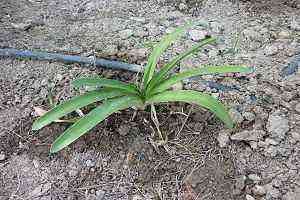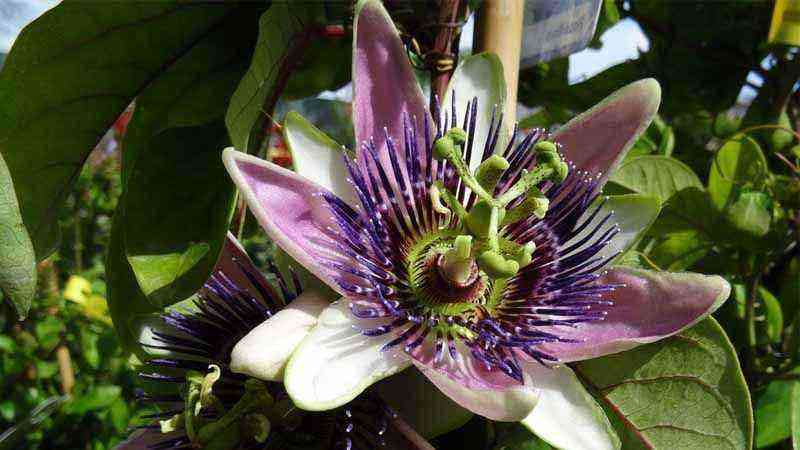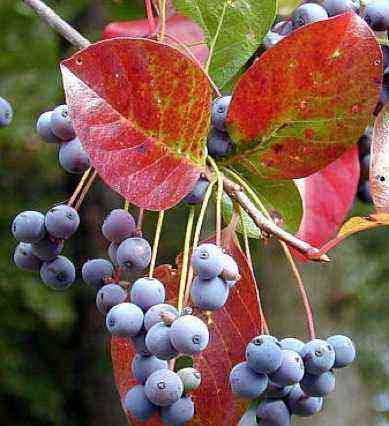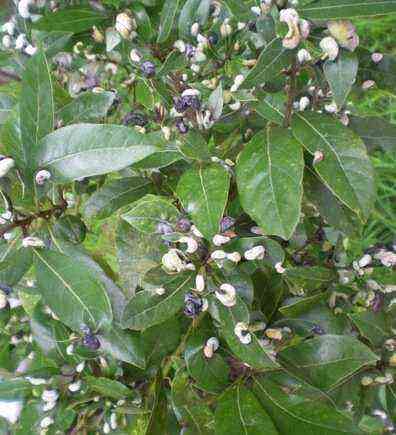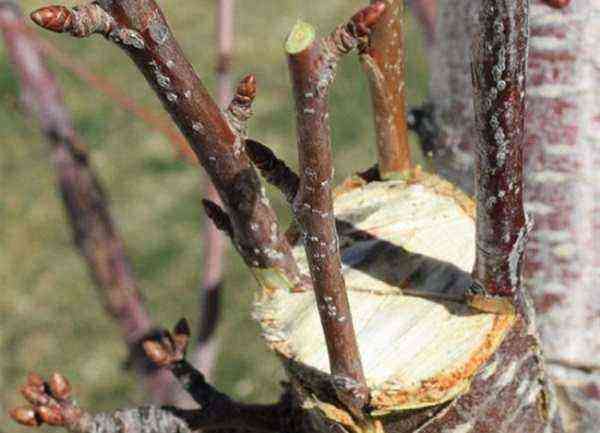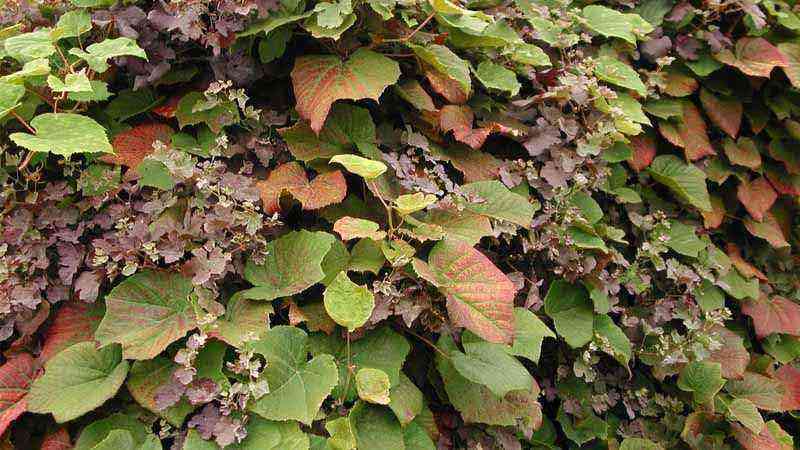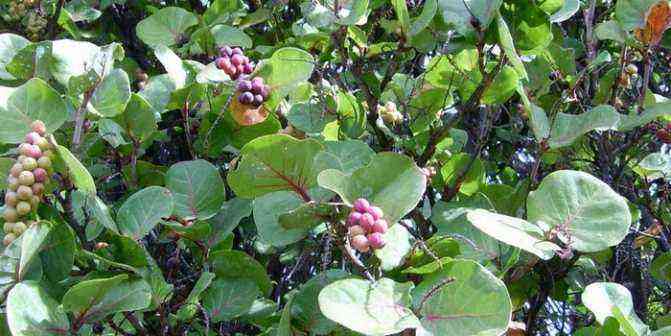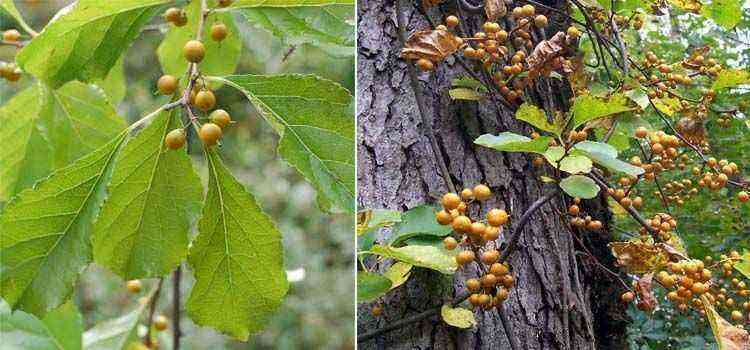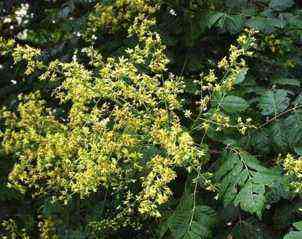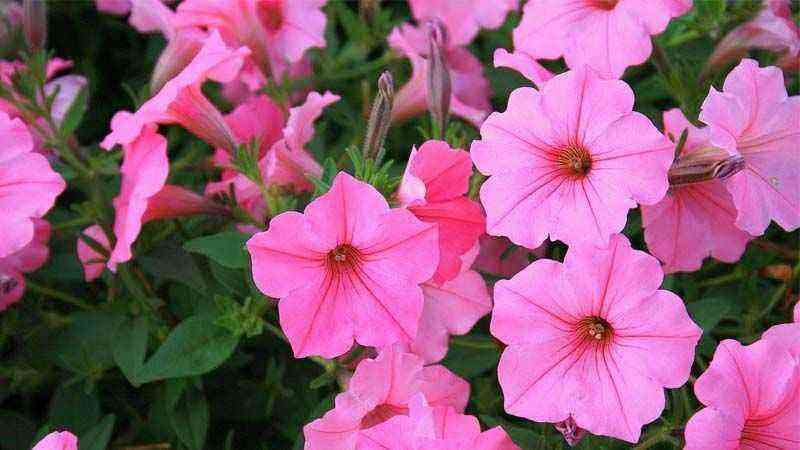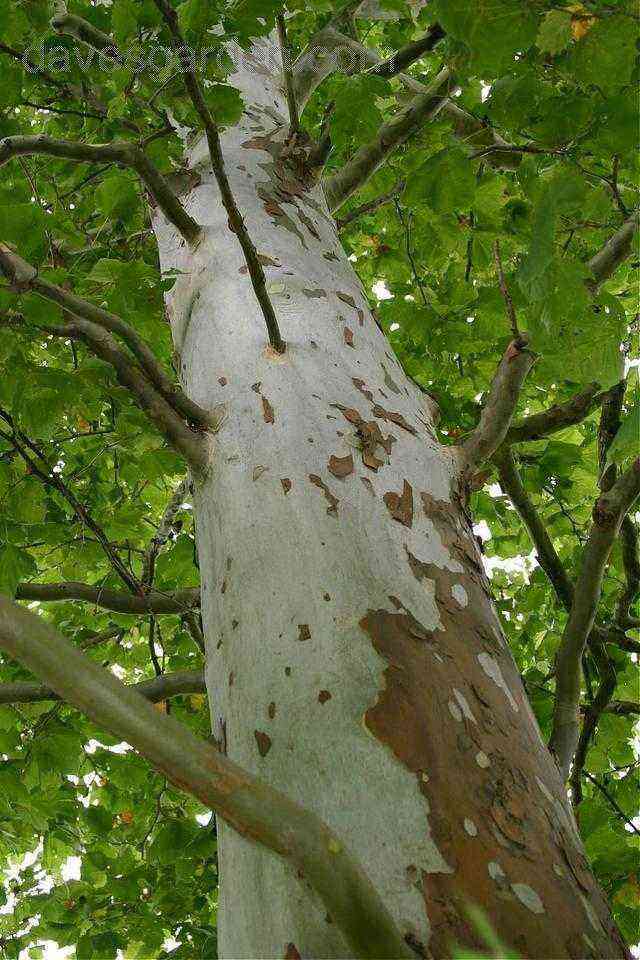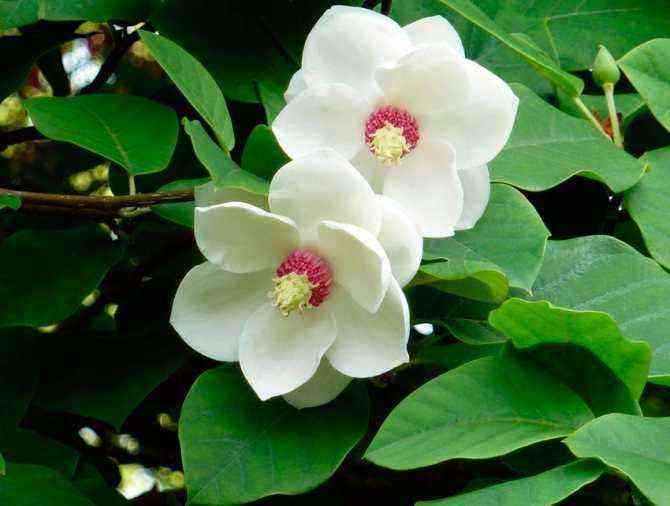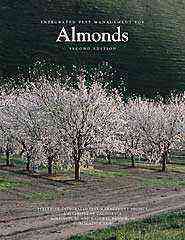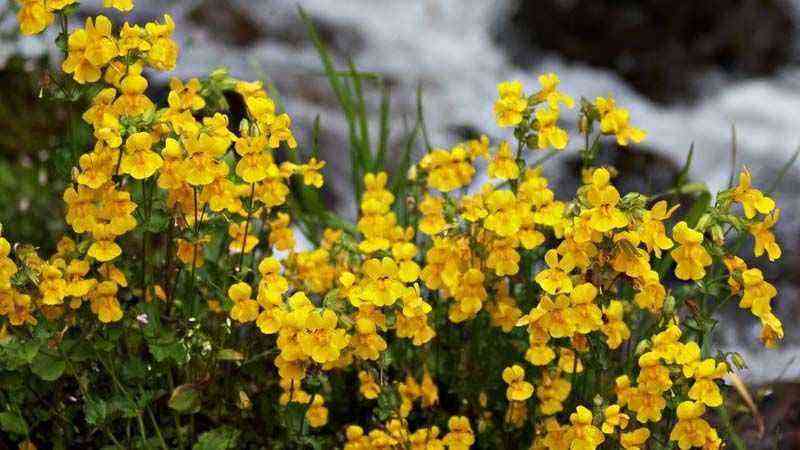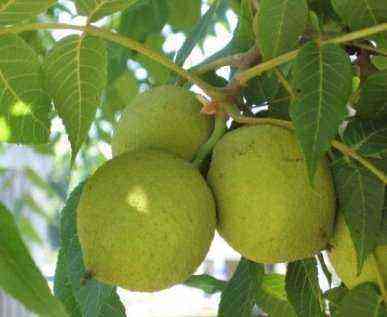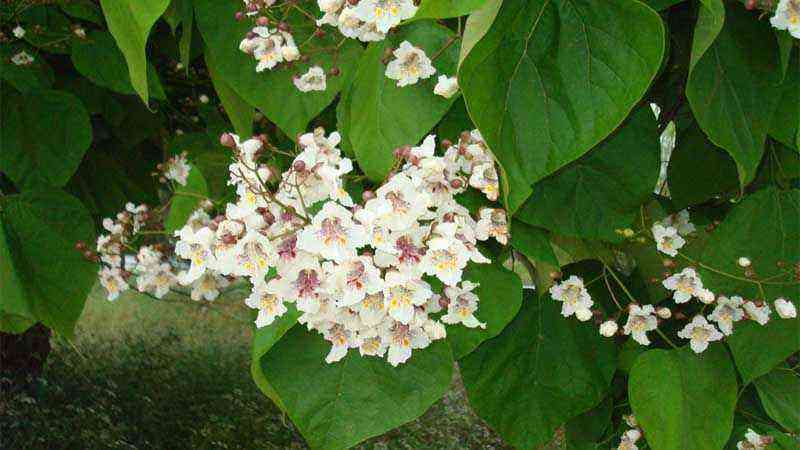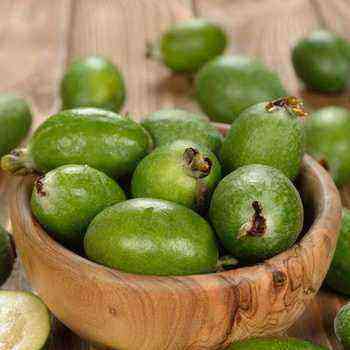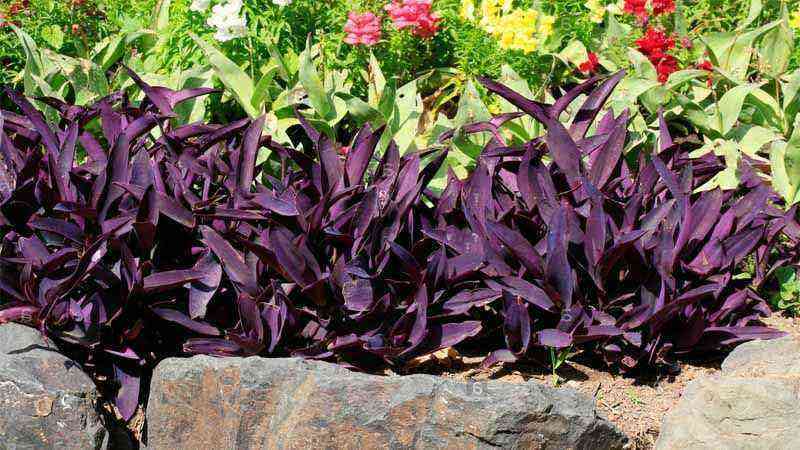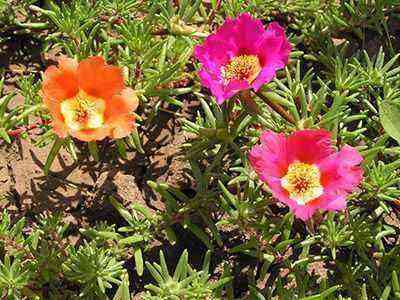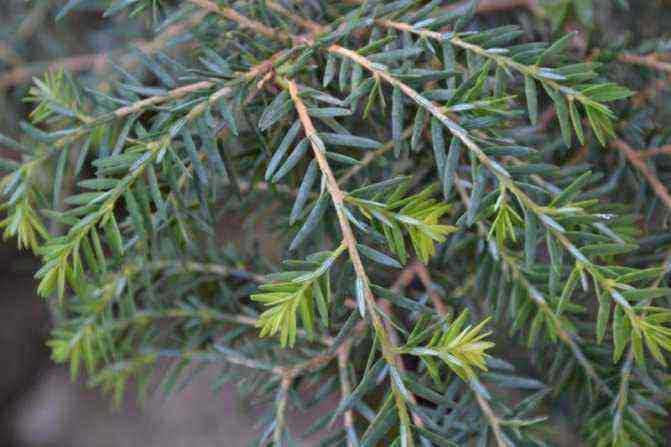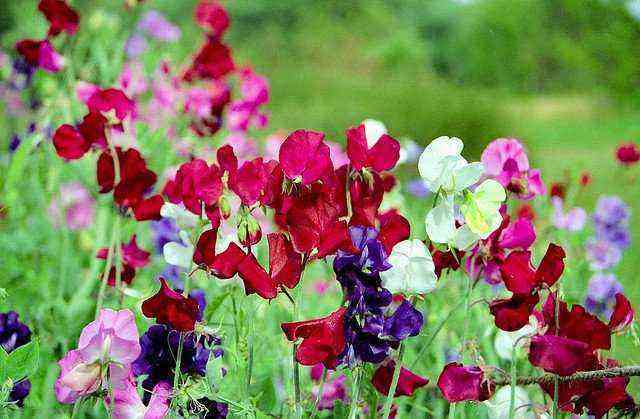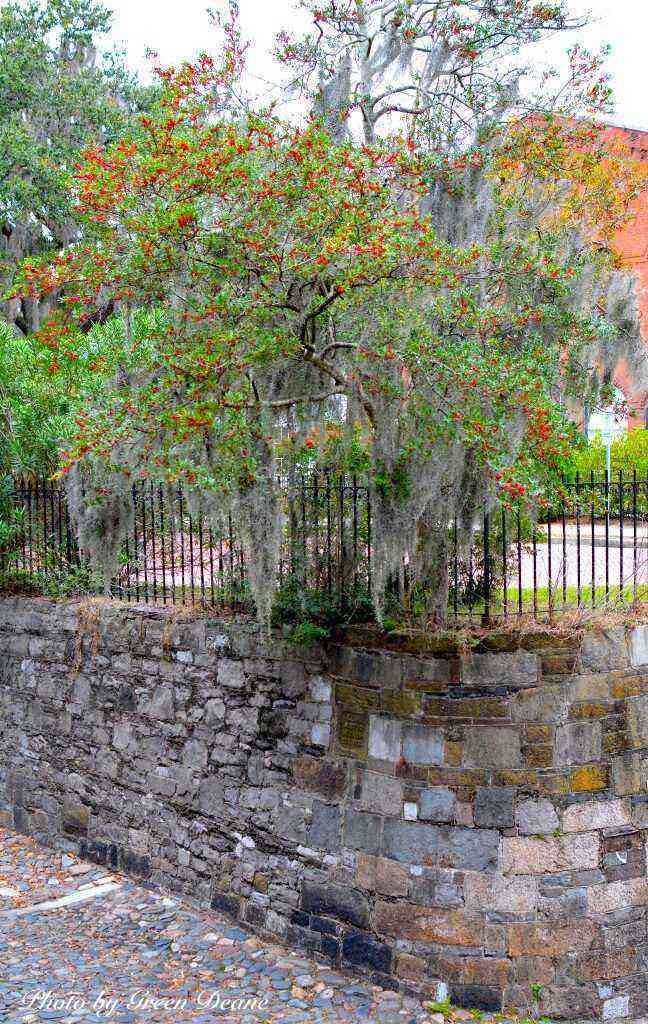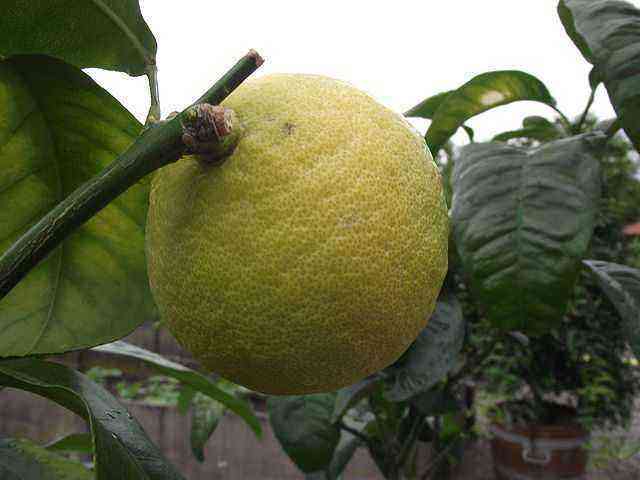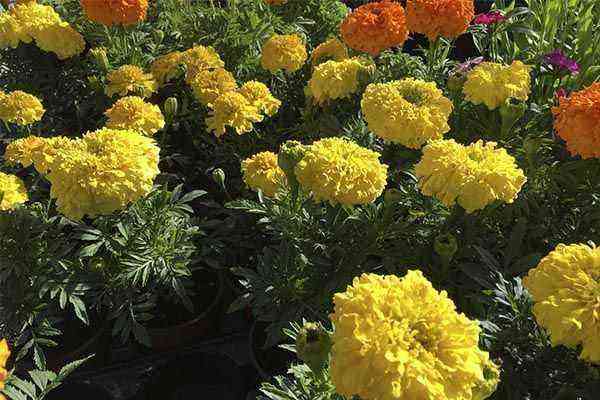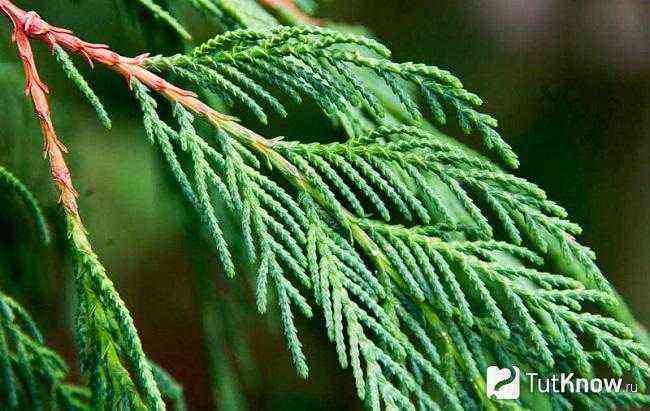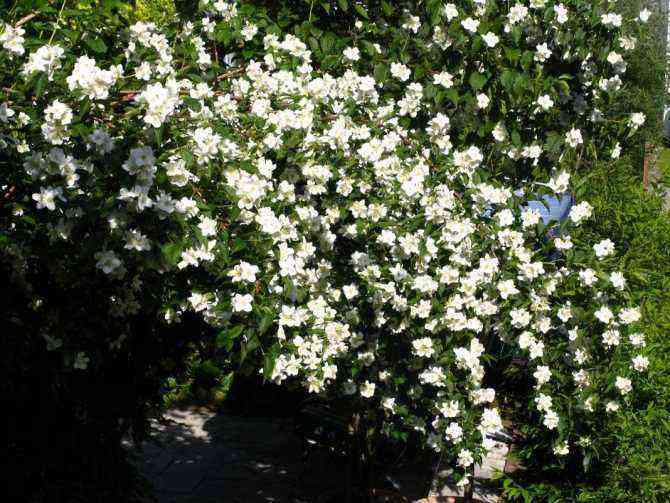When someone plans to establish a climbing plant in their garden, one of the factors that are looked for are, among other things, the rapidity of growth. Its growth is so inordinately rapid that it escapes any human control.
Our intention is to publicize its climatic characteristics and provide information to be clear that WE CANNOT deliberately cultivate it.
Climber of excessive growth and considered invasive
It is known vulgarly by Viña del Tíbet or Russian vine (Russian vine or Russian vine). As for the scientific name, it has several synonyms and accepted or not, today we can find people who talk about Fallopia aubertii, Fallopia baldschuanica, Polygonum aubertii or Bilderdykia aubertii.
All of them they refer to the same species although we do not know if they are all accepted today or have been replaced by just one. In any case, it is good to have them all to know that in one way or another, we are referring to the same species.
In Europe it is a clearly introduced species since its origin dates back to the easternmost part of the Asian continent.
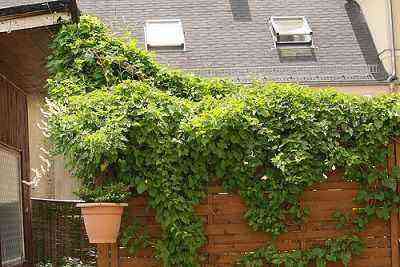

Foto de: Maja Dumat
Attractive features of Fallopia baldschuanica
See your dense pinkish or white bloom, in the summer it can be a real incentive for those who want to quickly cover a wall with a vigorous and spectacularly flowering plant. It has large leaves (about 10 cm) of a very intense green that provides visual freshness.
In summer, they display dozens of white or pale pink (less common) floral panicles, which cover the plant almost completely making a large white floral mass, giving a lot of light. They are also very attractive flowers for pollinators. This would be very good, if it were not invasive, of course.
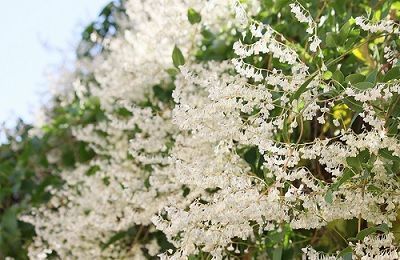

Foto de: Maja Dumat
Less attractive features of Fallopia baldschuanica
Es deciduous. That when thinking about a fence for example, can be a drawback since in winter it leaves us the fence bare. In any case, although the structure of the stems may only remain, they are so branched that it will not leave the fence so bare.
We can see the branching in the last photo.
Its main drawback: control
This is the most important point. In Spain, it is considered an invasive plant and therefore, ITS CULTIVATION IS NOT ALLOWED. It is a plant of exceptional vigor that can climb other trees to “drown” them and thrive in growth to the point where they die from lack of light. I imagine that one, who at his weekend house decides to put a Fallopia baldschuanica.
Poor him. Let your control be light, especially if you decide to appear at the house on a free weekend. Your control can become strenuous and there will be no more desire for Fallopia, believe me. In our article on invasive plants in Spain you can see this plant on the «black list». In addition, there is also another species of the same genus, Fallopia japonica.
If you want to see other articles on invasive plants take a look at the following articles:
Edaphoclimatic characteristics
Plants considered invasive are so because among their characteristics is that they are very resistant and have a brutal adaptability. In the case of Fallopia baldschuanica, supports all types of soils even those poor in nutrients.
If they are completely vacant land, logically not, but neither does it ask for soils of exemplary fertility in order to develop. What you do need is some moisture. Soils that are too dry can stunt their growth somewhat.
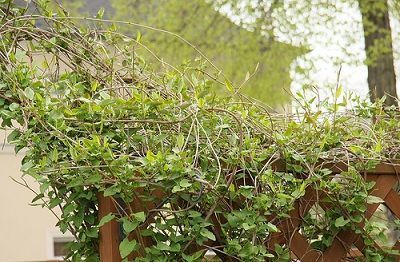

Photo showing the tangle of stems
Author: Maja Dumat
Regarding the climate, withstands winter temperatures quite low, as deciduous that it is. In addition, as its flowering is in summer, it does not have special problems with late frosts.
In winter, it can easily bear up to -20 ºC, so when cold it is clear that we do not kill it. It does best in full sun and its flowering will be even more exuberant, although it is also able to tolerate semi-shade.
As we can see, the qualifier of invasive, it is more than deserved. It does not care about the soil, it almost does not care about the climate, it grows extremely fast. The flowering is such that pollinators will go like crazy for it with the consequent and effective propagation.
A natural wonder with which we have to be careful and be aware that we cannot allow its cultivation so as not to harm our native species.

